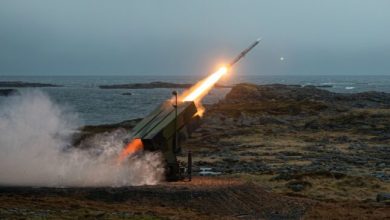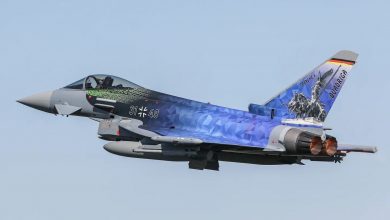Rheinmetall to deliver 300 military trucks to Norway

German defense firm Rheinmetall has received a contract to supply nearly 300 MAN TG3 8×8 advanced military trucks to Norway.
Deliveries for the 150-million euro ($160 million) award will begin in late 2026. The agreement includes an option for additional deliveries.
The contract was signed by Rheinmetall MAN Military Vehicles Board Chairman Michael Wittlinger and Norwegian Defence Materiel Agency Director Gro Jeare in Oslo.
Supporting Norway and NATO
According to Rheinmetall, the integration of a new truck fleet into the Norwegian armed forces serves as an “important contribution” to bolstering European members of NATO.
The order is the country’s largest individual truck procurement in terms of volume within a military sale framework agreement consisting of Rheinmetall, Norway, and Sweden.
Once deployed, the TG3s will be used to support the Norwegian military’s operational capability and transport capacity.
“We see this follow-up order as clear proof of the professional and partner-like cooperation in recent years as well as the compelling performance of our products,” Wittlinger stated.
“As we see it, the fact that more and more NATO armed forces are opting for our TG and HX vehicles is an important step toward greater interoperability and resilience. We take our responsibility to supply the best possible systems here very seriously.”
Recent Rheinmetall Truck Contracts
Rheinmetall won a $53 million contract to supply 57 HX81 heavy-duty military trucks to the German military last month.
In January, the US Army selected the company and three other firms for a $24.3 million project seeking a prototype for the service’s Common Tactical Truck program.
A month earlier, Rheinmetall began deliveries for a “double-digit-million euro agreement” to provide Ukraine with HX 8×8 trucks amidst Russia’s invasion.





